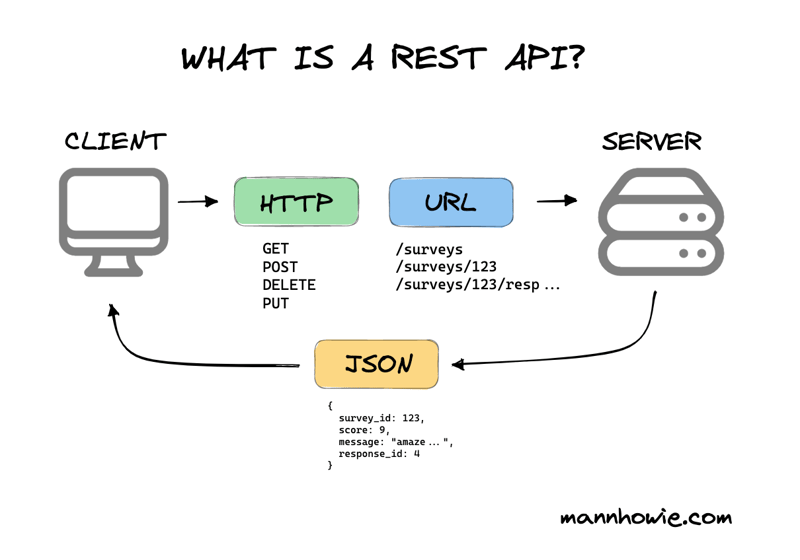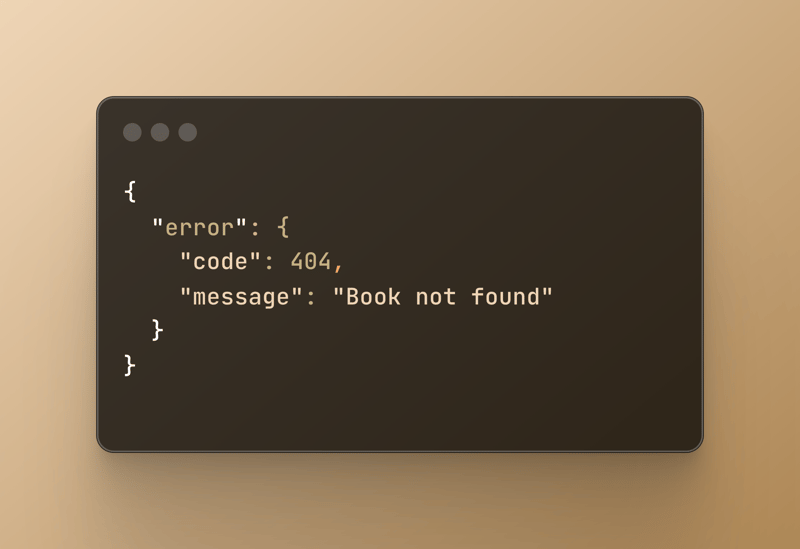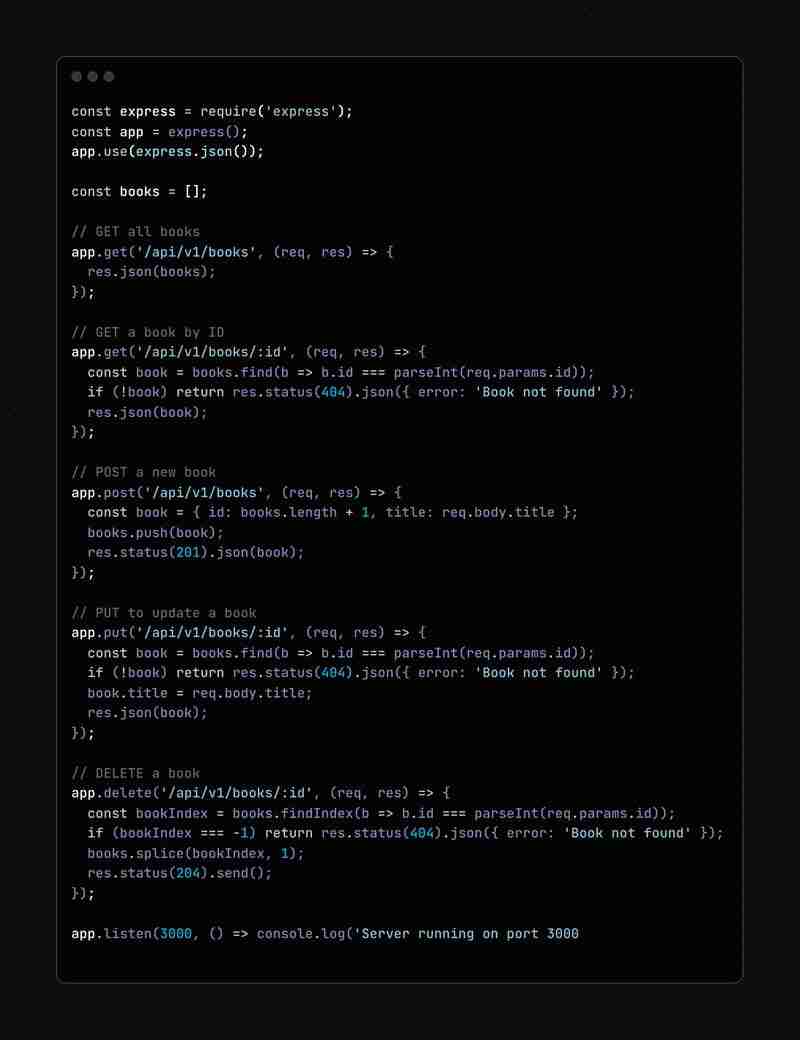
Introduction
In today's web development world, APIs (Application Programming Interfaces) play a crucial role in enabling communication between different software systems. One of the most widely used types of API is the REST API, which stands for Representational State Transfer. REST APIs have become the standard for building scalable, maintainable, and efficient web services. In this blog, we will dive deep into what REST APIs are, their principles, architecture, components, and how to design and implement them effectively.
What is a REST API?
REST (Representational State Transfer) is an architectural style for designing networked applications. It relies on a stateless, client-server communication model and is based on standard HTTP methods. REST APIs allow different applications to communicate over the internet using a simple set of conventions or we can say rules.

A REST API is an interface that allows clients (such as web or mobile applications like our browser or phones) to interact with a server by sending HTTP requests and receiving HTTP responses. The server provides access to resources, which can be anything from a user profile to an image or a blog post.
Key Principles of REST
To be considered RESTful, an API must have following six principles:
REST API Architecture
The architecture of a REST API consists of several key components that work together to create communication between clients and servers:
Resources: Resources are the core concept of REST APIs. They represent the data or objects that the API provides access to, such as users, products, orders, etc. Each resource is identified by a unique URI.
HTTP Methods: REST APIs use standard HTTP methods to perform CRUD (Create, Read, Update, Delete) operations on resources:
- GET: Pull data from the resource.
- POST: Create new data changes in resource(DB).
- PUT: Update an existing record in your data(DB).
- DELETE: Remove the specific data from DB.
- PATCH: Partially update an existing data.
- OPTIONS: Retrieve supported HTTP methods for a resource.
HTTP Status Codes: REST APIs use standard HTTP status codes to indicate the outcome of a request. Common status codes include:
- 200 OK: The request was successful.
- 201 Created: A new resource was created successfully.
- 204 No Content: The request was successful, but there is no content to return.
- 400 Bad Request: The request was malformed or invalid.
- 401 Unauthorized: The client must authenticate to access the resource.
- 404 Not Found: The requested resource was not found.
- 500 Internal Server Error: An unexpected error occurred on the server.
Representation Format: REST APIs support various representation formats for data exchange, including JSON (JavaScript Object Notation), XML (eXtensible Markup Language), and HTML. JSON is the most commonly used format due to its simplicity and compatibility with JavaScript.
Endpoints: Endpoints are the URLs that define where a particular resource can be accessed from the server. Each endpoint corresponds to a specific resource and is usually designed using nouns rather than verbs (e.g., /users, /products).
Designing a RESTful API
Designing a RESTful API involves several steps to ensure that it adheres to REST principles and provides a seamless experience for clients. Here are some best practices for designing a REST API:
Use Nouns for Endpoints: Endpoints should be named after resources (nouns) rather than actions (verbs). For example, use /users to represent a collection of users rather than /getUsers.
Use HTTP Methods Appropriately: Use the correct HTTP methods for each operation. For example, use GET to retrieve data, POST to create data, PUT to update data, and DELETE to remove data.
Implement Filtering, Sorting, and Pagination: For endpoints that return a list of resources, implement filtering, sorting, and pagination to improve performance and provide more control to the client. Use query parameters like ?sort=name, ?page=2, or ?limit=10 to achieve this.
Version Your API: Always version your API to handle changes without breaking existing clients. Include the version number in the URL (e.g., /api/v1/users) or in headers.
Provide Meaningful HTTP Status Codes: Return appropriate HTTP status codes to indicate the outcome of a request. Avoid using 200 OK for every response.
Use Hypermedia (HATEOAS): Include links in responses to allow clients to navigate the API dynamically without hardcoding URLs.
Ensure Security: Secure your API using HTTPS to encrypt data in transit. Implement authentication (e.g., OAuth, JWT) and Authorization to control access to resources.
Handle Errors Gracefully: Provide meaningful error messages and HTTP status codes to help clients understand what went wrong. Create a reusable error format with details like error code, message, and possible solutions.
Example of a REST API Design
Let's consider an example of a simple REST API for managing a collection of books:

Implementing a REST API
To implement a REST API, you can use various programming languages and frameworks. Here's an example using Node.js with Express.js:

The above is the detailed content of REST API and Its Architecture. For more information, please follow other related articles on the PHP Chinese website!




